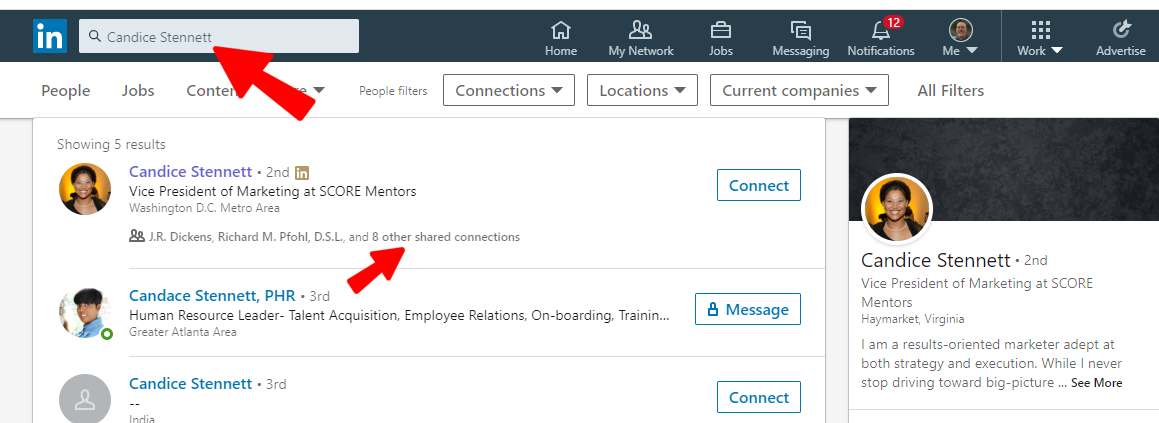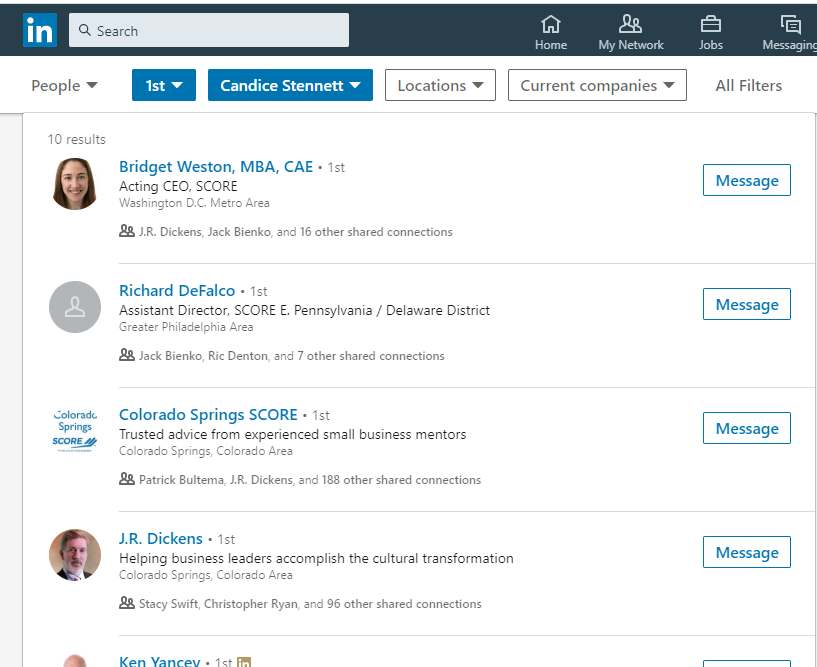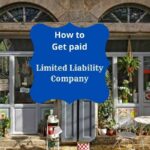Every business owner wants to make more sales. Unfortunately, when they think about sales, too many entrepreneurs conjure up images of the sleazy salesperson. Movies depicting used car salespeople have given sales a bad rap. Business to consumer (B2C) sales for expensive items are often one-off negotiations where the salesperson is only interested in a win- even if it is at the expense of the buyer. While these types of one-off sales are rare, they often get the lion’s share of public opinion when the subject of sales comes up, but nothing could be further from the truth in making more sales in the modern world. Making sales has everything to do with having deeper connections with a few key individuals.
To make more sales today, you don’t need fancy closing tricks or pressure tactics. The best salespeople are ones that invest in cultivating and nurturing their business connections and create long-term relationships.
People buy from people they know, like, and trust. Here’s the million-dollar sales question- how do you get someone to trust you enough to make an introduction to a key customer? The answer is to build deeper relationships. From these relationships, sales opportunities will frequently materialize on their own.
By far, the number one source of making more sales is word-of-mouth referrals or introductions. Who makes referrals to your business or goes out of their way to make key introductions? Happy customers and members of your business network. Previously, we talked about ways to supercharge your word-of-mouth referrals. Today, however, I want to explore a simple and rewarding way to extract the most value from your network.
Everyone has a little black book of sorts. In the old days, it was a physical black book where you recorded phone numbers and notes about all of your contacts. Today, the little black book has gone digital.
Your digital black book is often overlooked as one of the most valuable sales tools you have at your disposal because it is so easy to add new contacts to. and as a result, we have way more connections than we can mentally manage. Too many people are obsessed with the quantity of connections they have which is a vanity metric. It is far better to have a few quality connections.
According to the British anthropologist. Robin Dunbar, the maximum number of connections we can manage is 150. The theory behind Dunbar’s number is that everyone only has so much emotional bandwidth.
Social media tools like Facebook and LinkedIn have caused our little black book to swell to enormous proportions. As your number of contacts grows, the quality of each connection in your network gets diluted. I have witnessed this phenomenon through my own personal experience and I know you have too. If you are like me, occasionally you meet someone from your network and experience that awkward social moment where you can’t remember their name, much less how you got connected in the first place. It does not mean that the interaction was unimportant, it simply means that you have reached the limitations of the human brain and forgot the value of the connection due to Dunbar’s number. When your electronic little black book of contacts exceeds the ability of your brain to make connections, the number of connections ceases to matter.
Someday we may all have a version of Google Glass connected to a contact management system that will display all the pertinent information about someone when we meet a long lost connection, but until that day arrives, we need to recognize that we have limitations in the number of people we can mentally manage effectively.
I would argue that even at 150, that number is still too large if you want to create deeper and more meaningful relationships that will help you in business. If you want to be a rainmaker, I encourage you to take inventory of your connections and find ten to fifteen of the most valuable people in your network to your business or career and focus on what you can do for them.
These days, I have over a thousand business contacts on LinkedIn. I also have hundreds of personal and business contacts in my phone’s contact list. The first step I recommend is to make the most of your existing contacts. When it comes to the ones that will help you make more sales, start with reviewing your phone list and cross-referencing it with your LinkedIn connections. Make sure all your business contacts on your mobile device are included in your LinkedIn connection. If not, reach out and get connected with them on LinkedIn. LinkedIn will then represent your complete list of all your business contacts.
Once you have all your business contacts on LinkedIn, export your LinkedIn connections to a spreadsheet. Check out the post How to Build Powerful Relationships with LinkedIn Connections to see how to export your LinkedIn connections to a spreadsheet. We will use the list later.
Next, make a short-list of five to ten people you would love to sell your product or service to and search for them on LinkedIn.
NOTE: Resist the urge to simply connect with the person at this point. It is far better to get an introduction from a close connection that can vouch for you and sell you as a valuable connection than to try to make the connection yourself. If you tell the connection how great you are and why they should accept your connection request, it is boasting. However, if someone else makes the introduction and says how valuable it would be that you both connect, it is more powerful. Therefore, I recommend that you seek an introduction from another person rather than going it on your own.

For example, if I felt that a relationship with the VP of marketing for SCORE would help me to make more sales or help me in my career, I would enter her name in the LinkedIn search field. If the result came back as a 2nd-degree connection, a list of your 1st-degree shared connections will be contained in a link below the contact.

Selecting the link provides you with a list of 1st-degree connections in your network that know the person that you desperately want to meet. Review the list to see which of your 1st- degree connections would make the best strategic connection to help you make that connection. Either highlight them in your spreadsheet or copy them to a new worksheet, as these individuals will become your strategic connections.
As you review your list of potential strategic connections, here are a few questions to ask yourself:
- What have I done for them lately?
- Do I only reach out to them when I want something?
- Is it a one-way relationship?
You will discover that there is a small subset of connections that have the potential to make valuable introductions to key individuals or refer others to your business. As Harvey Mackay said so eloquently in his book by the same name, “Dig Your Well Before You’re Thirsty”. These are the connections you need to spend more time engaging with and understanding what you can do for them. Your goal is to rise to a level where you become part of their short-list of trusted connections and become someone they feel confident will not hurt their reputation if they made a key business introduction or referral.
Once you have a list of about ten to fifteen strategic connections, commit to providing value to them. As the saying goes, “You have to give to get.” Commit to doing something for them at least monthly for the next several months. This is a marathon, not a sprint. The more you do for them, the more you will mean to them and the more they will do for you. LinkedIn connections represent connections you can assess easily. However how well you know them- and more importantly, how well they know you defines who will go the extra mile to help you succeed.
Don’t just ask,“What can I do for you?” Instead, tell them what you are going to do for them such as “I loved your article and I’m going to syndicate it on my network to get you some additional exposure.” Send them a thoughtful gift with a personalized note to show that you care about the relationship.
Only after you have rekindled the connection and provided them with value without any expectation of remunerations should you ever attempt to ask for an introduction or a referral. More often than not. your strategic connections will know what connections will be valuable to your and will feel the need to reciprocate and introduce you without ever being asked.
The best introduction or referral is done face-to-face with all three parties in the same room at the same time. Of course, you could also do it over a video conference as well. My late friend Dan Nowels was the best salesperson I knew and a master of this technique. You can learn more about the format of the meeting by reading my post, What is the Balance of Your Network Deposits Account?
Sales are often considered a numbers game. Many business owners think that the more people they know, the better their odds are that someone will make a key introduction or refer someone to their business. However, it is not “Who you know” but “Who knows you” that will help you make more sales. Since everyone has more connections than their brain can physically remember, the savvy salesperson knows it is not the width of your connections but the depth that you have with a few strategically important connections that provides the connection capital to make more sales.
Who is on your short-list of the most important business relationships that is in a position to help you make more sales?












